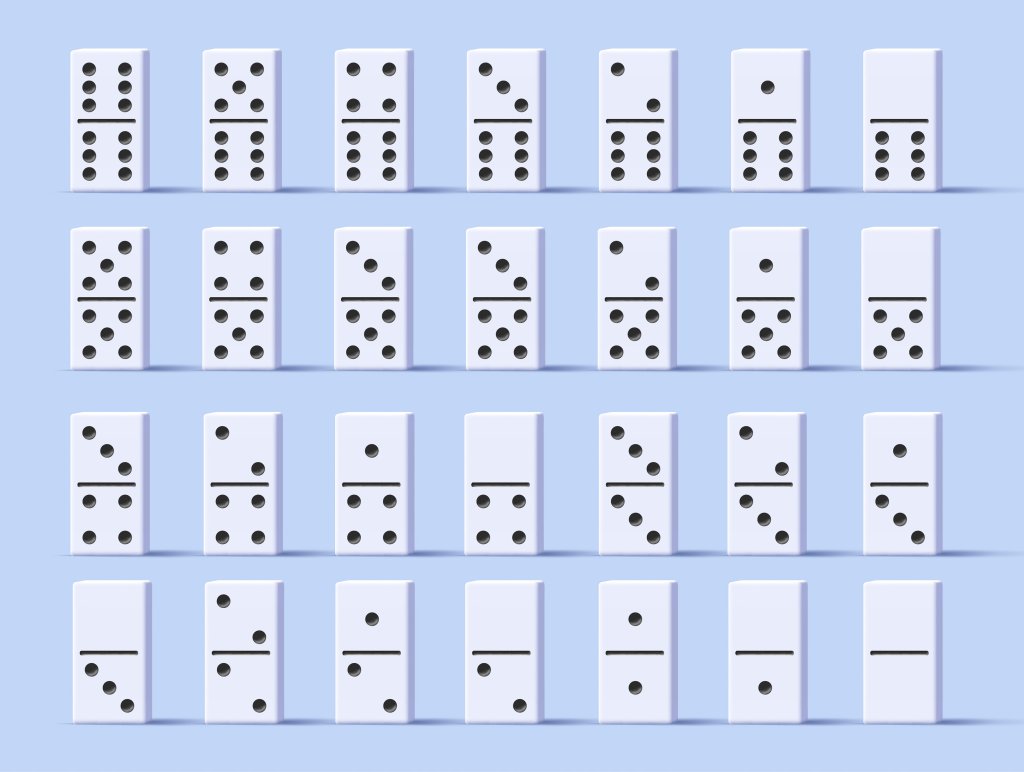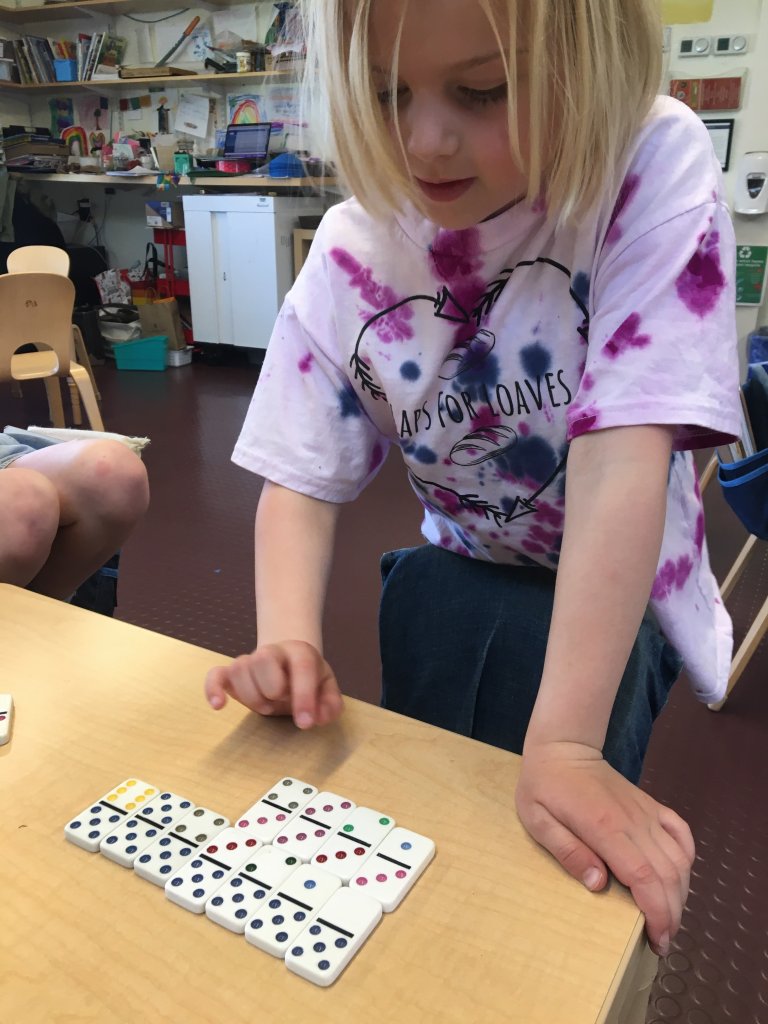The Power of One Good Math Question
By focusing on authentic moments of inquiry, elementary students engage in critical thinking in math class.
Your content has been saved!
Go to My Saved Content.Most of the math problems we present to elementary students are scripted. They might come from the curriculum we are teaching, or maybe they are a three-act math task we learned at a workshop or found in a blog. But often the best problems are the ones that we had not planned and are instead based in the real life of the classroom. There is a lot of power in a single, authentic question.
Moments of Inquiry in Math Class
Everyday life presents lots of interesting math problems. The best of these inquiry opportunities come from questions the students themselves pose if we stop and listen to what they are asking. No one works on problems like these in class every day, and they shouldn’t. But an openness to tackling something that comes from actual experience connects the classroom to the underlying power of mathematics to help us make sense of the world.

One day, Maggie, who was new to teaching first grade, went to retrieve a box of dominoes she had set aside to use for the next unit. Dominoes are a great manipulative for first grade because they encourage subitizing (recognizing small numbers without counting), and they help students see fact families. For instance, a single two-dot/three-dot domino can show all of these: 2+3=5, 3+2=5, 5–2=3, 5–3=2.
Instead of finding neatly organized sets, she found a box full of jumbled dominoes. When she met with Steven, the math specialist who was coaching her, they both looked at the plastic container and had the same sinking feeling: It was going to take a while to sort them back into sets. Neither of them had a good sense of how many sets were even in the box or how many dominoes constituted a set. But this felt like a good question to think about, so instead of doing the sorting themselves, they brought the problem to the students.
presenting students with the task
Maggie presented the bin of dominoes to her class and explained that there were many sets mixed together. Students had some prior knowledge of what individual dominoes looked like, but for this exercise, the only additional information that students had was that there would not be any duplicates in a single set. There was no explanation of how many dominoes were in a full set or clues about how to organize them.

The class split into small groups and set to work. The students had the opportunity to approach the task in any way that made sense to them. Some students sorted the dominoes based on one half of the dominoes’ pips. Some students sought out patterns within the full collection of dominoes. For example, one group looked at how many had one pip on one side and six on the other. Some students focused primarily on casting aside duplicates or bringing them to another group that could use them.
The first completed set of dominoes cast a hush over the room—the excitement was palpable. Now, with a visual cue, students noticed patterns that they had been grappling with. Students observed how the group had arranged them: a complete row of dominoes with six pips on the bottom, moving up the ladder to finally one domino without any pips on either side. Students asked all sorts of questions about where their peers had started and how they thought about the sequence. They noticed that the total number of pips in each row increased as they worked their way down from top to bottom. Students shared how organizing it this way made it easier to notice which dominoes were duplicates within the set.
making one big question work
First of all, the task was clear and compelling. It was a single question that was easy to understand, but there was not a single path toward a solution. There were curricular connections—pattern making, subitizing, and number properties (a nice physical model for the commutative property)—but the students had the freedom to figure out their own approach. The students had to do the thinking, the organizing, and the planning. They had ownership over the problem. Moreover, it was a question that caught their curiosity, and they wanted to know the answer.
These aren’t the only questions that Maggie’s class has considered this year. A picture of a sundial led to looking at Roman numerals and other number systems. A poll about favorite shapes led to a lively discussion about whether a heart was a shape or not (and introduced the word cardioid!). In order to choose questions that guide conversation, here are some guidelines:
1. Make it real. Kids can tell if the question is a setup or something you really want to know.
2. Keep it simple. Frame the question in the simplest way possible. Simple questions leave the most room for creativity and thinking.
3. Stay out of their way. Often we rush in with too much structure and over-scaffold the problem. When we do that, we reduce the thinking, and it becomes about doing what is expected rather than solving the problem. When we hand students a list of questions to guide them or a form for their answers, it becomes another worksheet to fill out, and filling out the worksheet correctly becomes the goal. Let the answer to the question be the goal.
4. Let them struggle. Don’t jump in to help. Don’t make suggestions. Limit yourself to asking questions and only answering questions with questions.
5. Celebrate the solution. Or, if there are no solutions that emerge, celebrate that we couldn’t figure it out. That happens too.
6. If there is a natural audience, share the results. Neither Maggie nor Steven knew how many sets of dominoes there were until the students told them. That in itself was worth celebrating.
